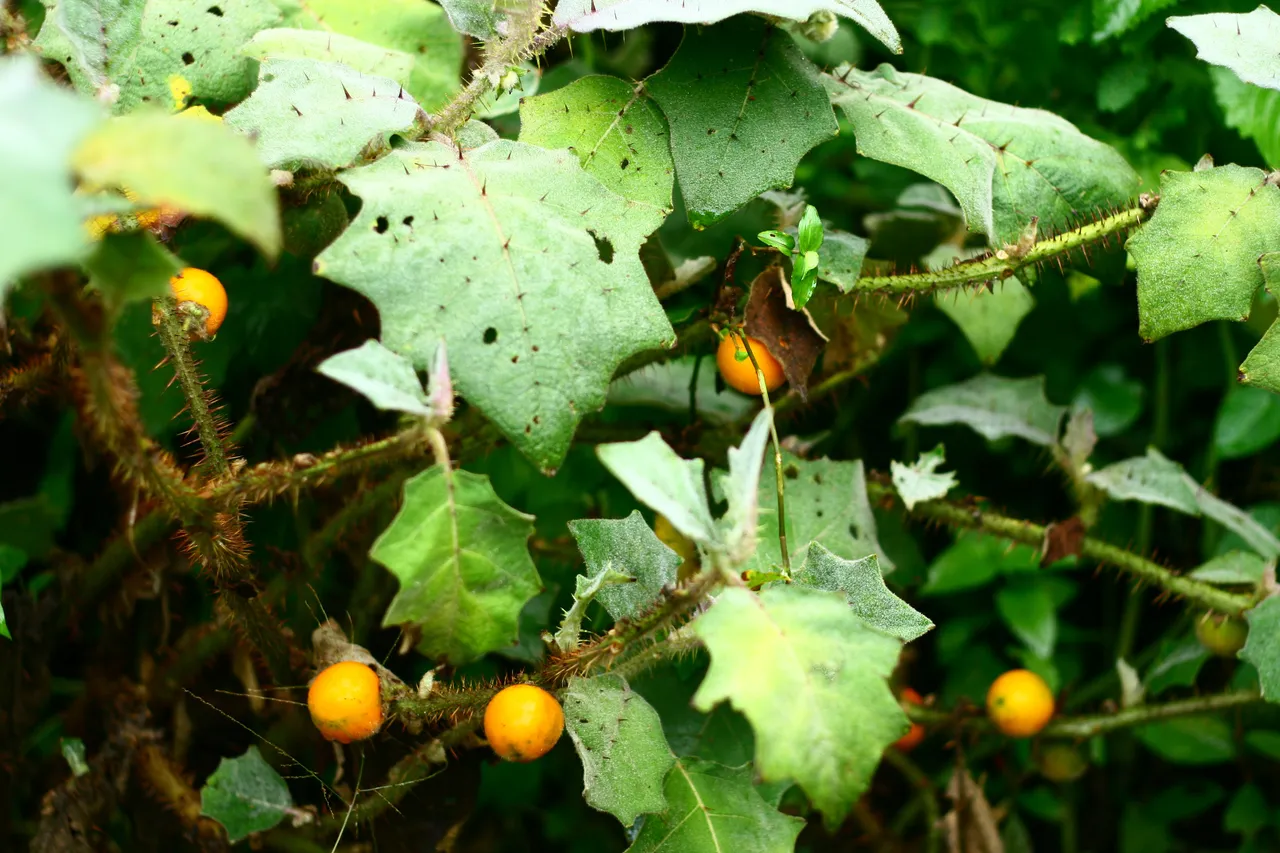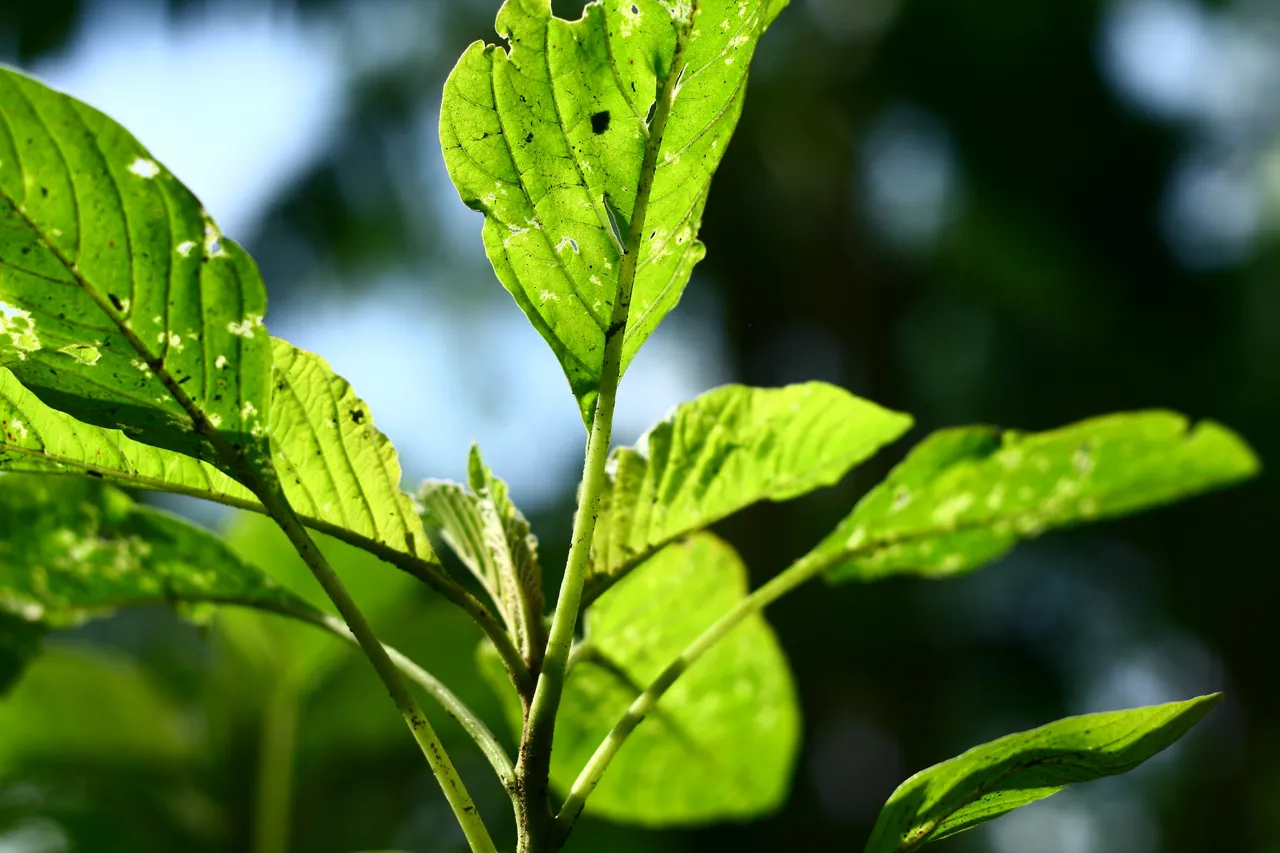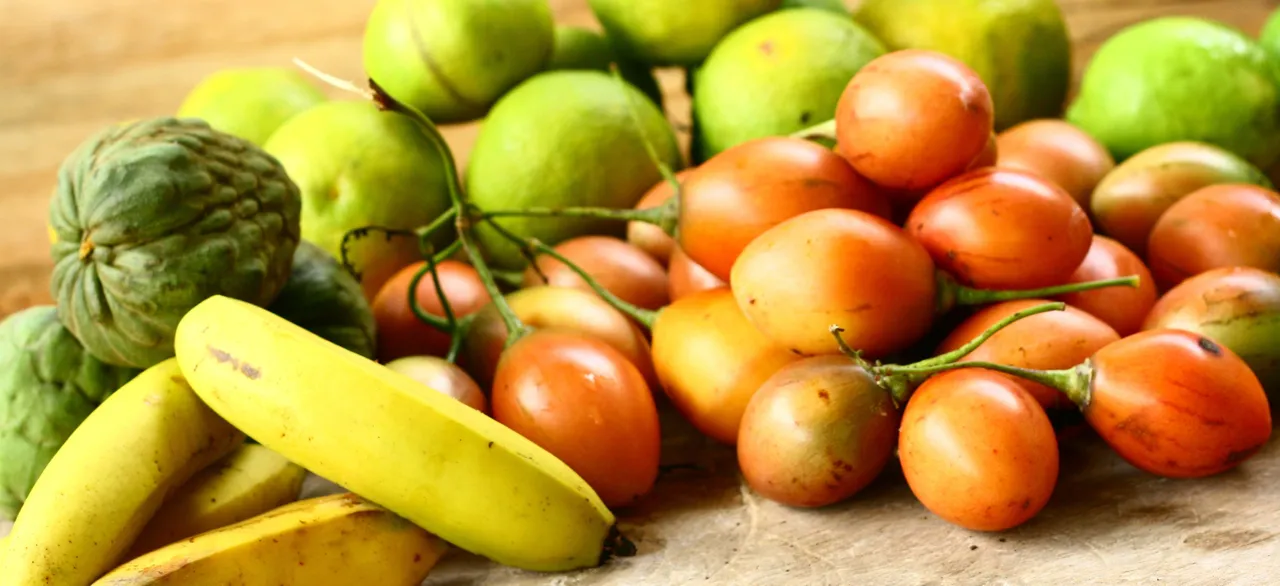Greetings Steemians!
Shad here, from Atitlan Organics. I want to take a break from the Permaculture Principles to share a new video on how to plant a Food Forest. Tomorrow we will get back into the principles!
There is truly nothing better than walking through a healthy forest and filling your pockets with loads and loads of fresh fruits. This image is what inspired me to begin homesteading and studying permaculture.
Food forests are created by modelling and mimicking nature and natural patterns. The whole idea is to build a healthy forest that does all the ecological services of a forest, but also feeds you! Forests can grow in almost every part of the world and the trick becomes to learn different edible plants that grow at the different layers of the forest.
Layers of the Forest
From bottom to top, here are the layers of the forest, followed by plants we grow in each layer here in Guatemala:
- Root layer - Taro Root, Sweet Potatoes, Comfrey, Tumeric
- Ground Cover layer - Mint, Sweet Cucumber, Clover, Oregano
- Herbaceous layer - Lemon Grass, Naranjillo (lulo), greens like Amaranth, Bananas (big herb!)
- Shrub layer - Coffee, Tree Tomato, Pigeon Pea
- Mid Sized Tree layer - Mulberry, Lime, Orange, Loquat, Pomegranet
- Big Ass Tree layer - Avocado, Jocote, Zaopte, Macademia
- Vine layer - Passionfruit, Chayote, Squash

Naranjillos in the food forest, say what!!!!

Mulberrys putting on fresh growth.

Some of the sweet sweet bounty!!!
Now lets take a look at creating food forests year-by-year.
Year 1: Our food forest has a central, or focal, point. This is almost always a medium-to-large fruiting tree--in our example above, an avocado tree. In temperate climates it may be an apple or a nut tree. Around the focal tree there is a great diversity of other plants which both help the tree and also give us a variety of other yields as we wait for the avocado (apple/nut, etc.) tree to mature. These plants help by providing mulch in the form of organic matter, providing habitat for beneficial animals and insects, covering the ground to stabilize temperature and humidity, and filling the space to prevent weed growth.
Year 2: Our avocado tree has grown, but not much. There is a saying about perennial trees: first they sleep, then they creep, then they leap. Our avocado is still in its creeping stage. Meanwhile, the other, smaller plants have grown quite a bit and are nearly ready to give their harvest. Herbs and grasses are already providing a harvest of food for us and animal fodder. All of the plants together create a micro-climate which supports the avocado's growth.
Year 3: The avocado tree has begun to 'leap,' filling up space. Smaller trees and shrubs are giving off good harvests. Much maintenance has been needed up to this point--the first two years of establishing a food forest require the most care and work. Immediately after planting we recommend a heavy mulching, and you will need to go back 2 to 3 times each growing season to weed. While weeding you can fill in any empty space with new plants and reapply mulch.
Year 4: Our food forest is now fully established. It is a functioning eco-system which draws its own population of beneficial birds, insects, and wildlife. It is designed to feed us, but also works as a forest in its own right: it cleans the air, filter water, holds carbon, and cycles nutrients rapidly. It no longer requires much maintenance; weeds are controlled by shade and dropped organic matter (mulch), and new plants establish themselves from fallen fruit. By year 4 you are ready to sit back and enjoy the 'fruits' of your labour :-)
